Greetings, Wovemberists and wool-lovers!
This evening we thought we’d talk about how we’ve structured content through Wovember this year, and briefly introduce our amazing guest curators and contributors. As you’ll have noticed, we’ve been trailing the theme of WOOLNESS: WHERE WELLNESS MEETS WOOL. We thought it would be useful to unpack a little bit what we mean by that and give you a sense of the flavour of the month ahead, here in our woolly corner of the Internet. In very broad terms we wanted to optimistically explore the role wool can play in making this world a better place through promoting wellbeing on all levels, from the individual to the planet as a whole. It’s ambitious and we certainly can’t cover everything, but we thought it would be amazing to use Wovember 2017 to open up these themes and interconnections. Wellness is a difficult term, and sometimes carries connotations of privilege, luxury brands, spa breaks and selfishness. However, for the purposes of WOOLNESS and WOVEMBER 2017 we are relying on a slightly different definition which looks at how sustainability, ecology and individual health are wholly interrelated. The best discussion of the interweaving of planetary and individual wellbeing we have found so far is in Amy Twigger Holroyd’s highly recommended book, Folk Fashion: Understanding Homemade Clothes, in which she writes:
Ehrenfeld offers an aspirational definition of sustainability: ‘the possibility that humans and other life will flouirsh on the Earth forever’. This positive definition appeals to me immensely; in its simplicity, it invites us to consider alternatives to the systems which structure the world today… it is this approach to sustainability that will be framing my thinking within this book.
When we start to think about sustainability as flourishing, a new element enters the picture, alongside the familiar environmental and social factors and concerns about overconsumption: individual well-being. A focus on the individual within sustainability thinking may seem surprising, given that individualism and selfishness arguably underlie many of the global problems that we face today. Even so, many people propose that well-being and sustainability are inherently linked. Tim Jackson, for example, suggests that our current economic system has both created many environmental and social problems and violated our individual well-being. As he points out, this means we are losing twice over:
That environmental damage should turn out to be the environmental price we habe to pay for achieveing human well-being would be unfortunate. That environmental damage is an external cost of a misguided and uneccessful attempt to achieve human well-being is tragic.
On a more positive note, Jackson points out that if this negative relationship is inverted, the opportunity for a ‘double dividend’ arises. Similarly, design researchers Carolina Escobar-Tello and Tracy Bhamra observe that ‘the characteristics of sustainability overlap with the triggers of happiness’. From this perspective, well-being and sustainability can be seen as two interconnected elements of human flourishing, and well-being can be used as a way of approaching and exploring sustainability.
There are many different perspectives on well-being; it is another contested (and politicised) area. Some use ‘happiness’, ‘well-being’ and ‘satisfaction with life’ interchangeably. Others argue that well-being encompasses more than happiness and life satisfaction, involving the actualisation of human potentials and a ‘quest for contentment’. The New Economics Foundation proposes that to enjoy positive well-being, people need a sense of individual vitality; to undertake activities which are meaningful, engaging, and make them feel competent and autonomous; a stock of inner resources to cope and be resilient; and a sense of relatedness to other people through supportive relationships and sense of connection with others.
These truthful WELLNESS WORDS from the incredibly thoughtful and creative Amy Twigger Holroyd will likely resonate with many of you, as they do with us, in the context of what we care most about here at Wovember: WOOL.
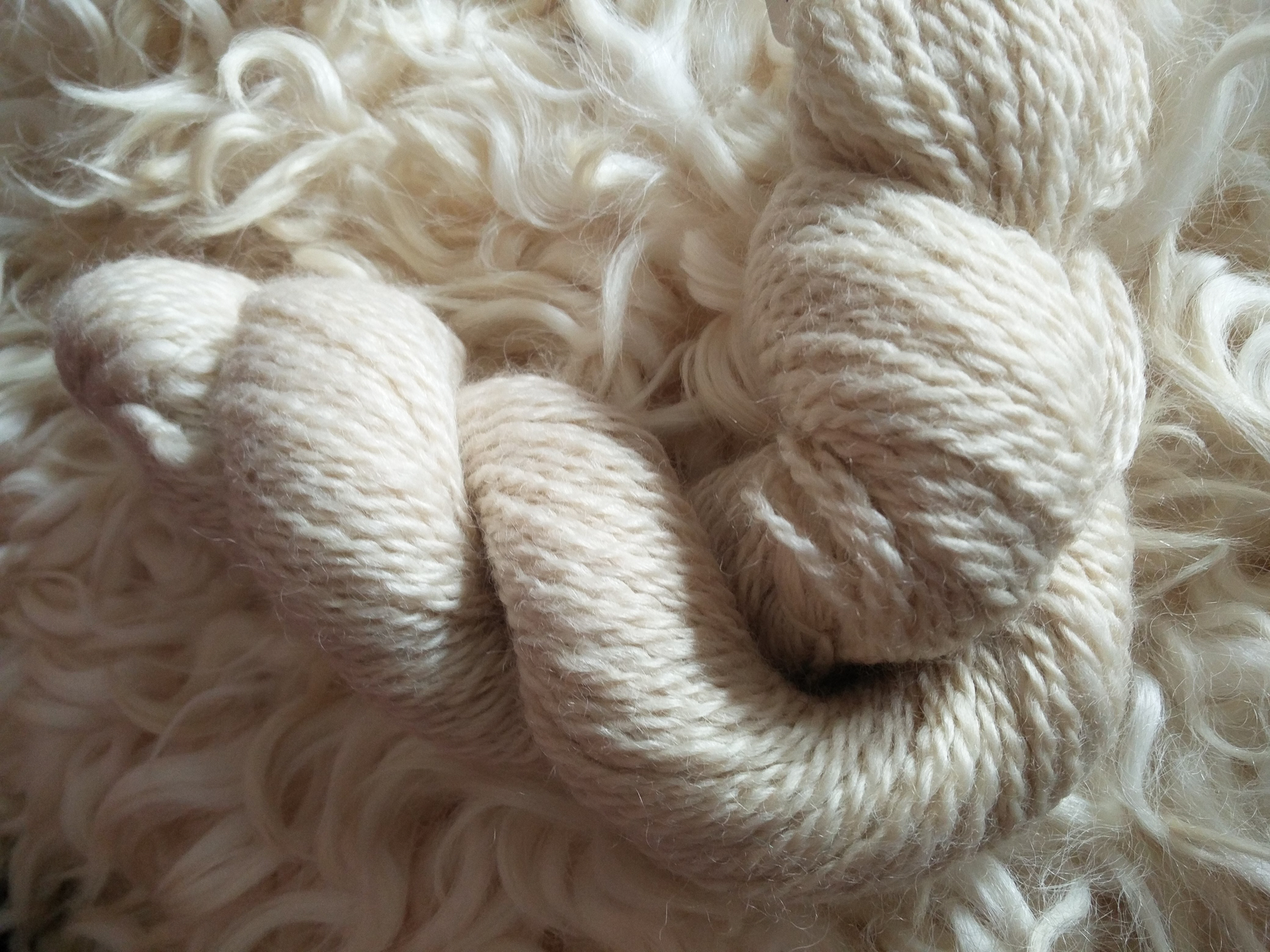
On this blog in years past we have spoken regularly about the ways in which wool is beneficial to the environment when compared to other textiles (particularly those that do not biodegrade, or which fill the seas and soil with microplastics). We have also shared content that looks at how the wool industry itself as a global entity can lessen its environmental impact. And every year, too, since founding this campaign/celebration site, we’ve aimed to uplift and celebrate the amazing community and small business projects working with wool in ways that reconsider our relationship to one another and the land.
This year we wanted to do more to examine the ways in which we, as individuals, lift up our lives with wool. The posts you have sent in on the theme of Woolness & Me that we are sharing throughout the month really pinpoint how wool – and working with wool – can be rehabilitating for personal experiences of disability and illness; through times of mental and physical ill-health; and as a resource that connects us meaningfully and creatively with our communities.
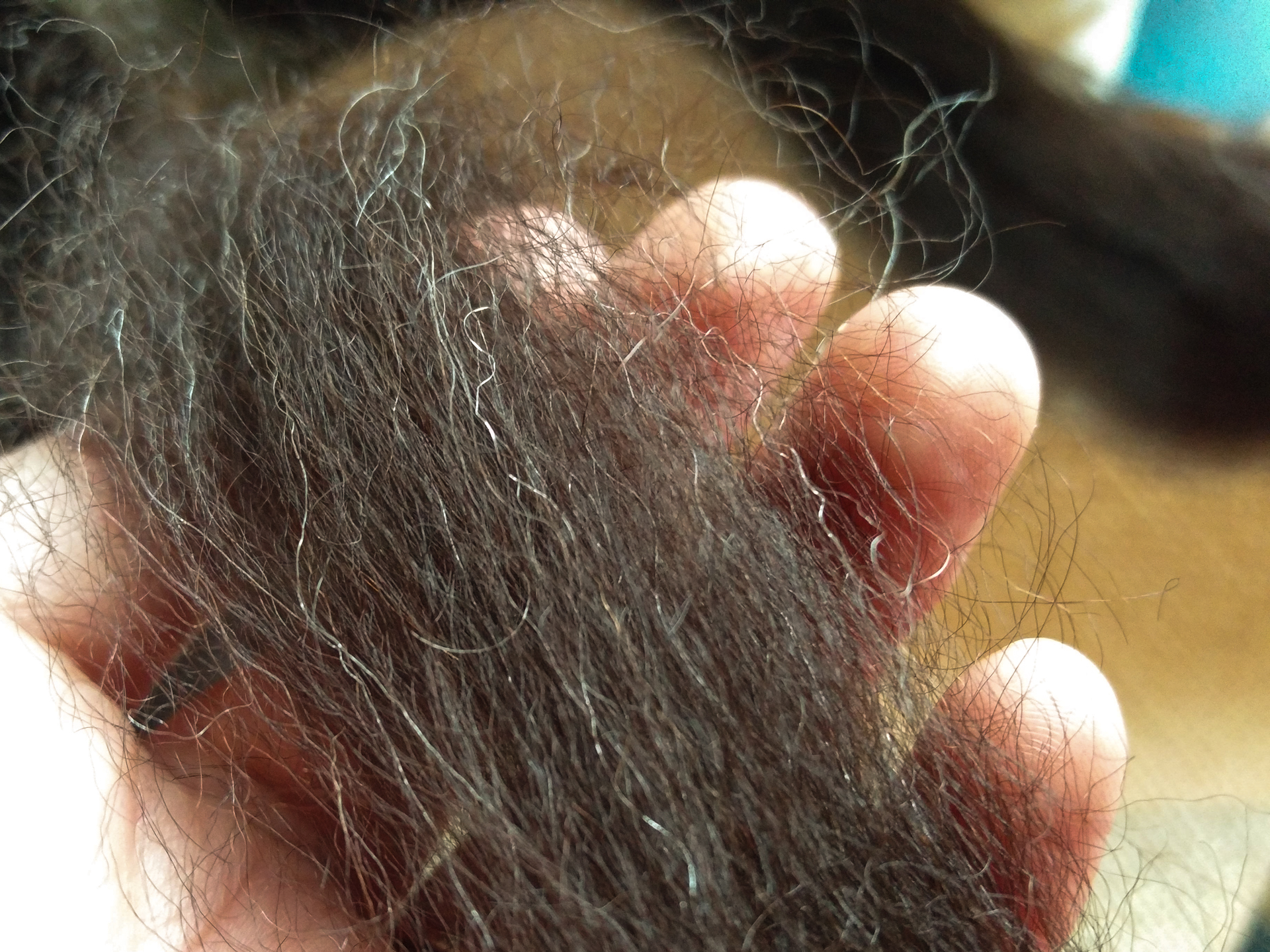
However, speaking to a wholistic definition of wellness, we didn’t want the focus this year to only be on how wool can individually benefit us; rather, we wanted to explore how this material might additionally be interconnected with the wellbeing of our locales; our land; and how working with wool might play a role in activism.
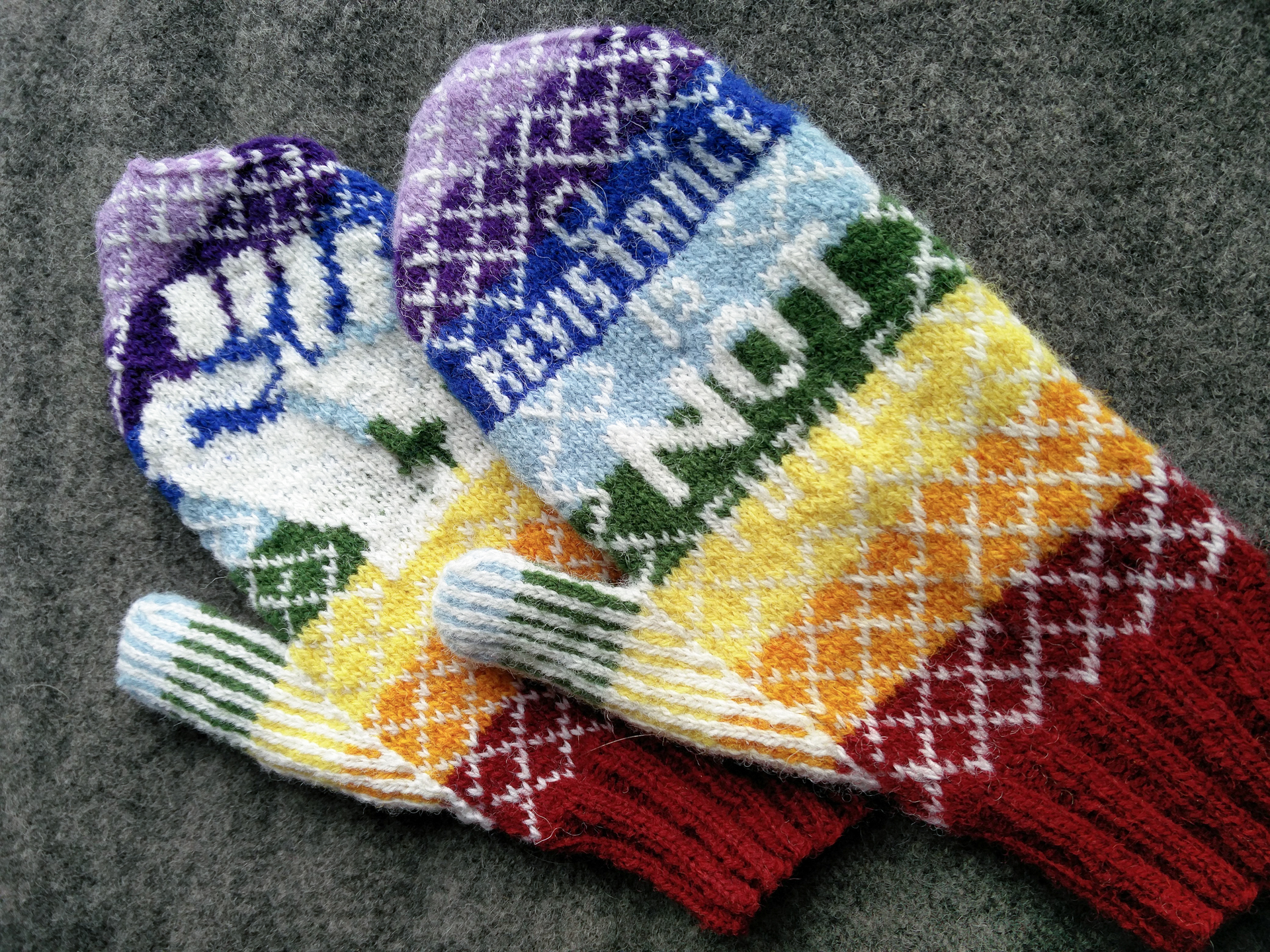
These are big topics and we didn’t want to take them on alone! We’re therefore really happy to introduce our guest contributors/curators for the month.
Woolness & The Individual: Emma Ross
Trainee tech-editor, thrifty natural fibre lover and former marketing executive for West Yorkshire Spinners, Emma Ross knows wool both professionally and personally. A keen yarn-event attender, we thought she would be ideally placed to explore our first weekly theme: Woolness & The Individual. If you don’t already know Emma, follow her on instagram @girlinknits. In the meantime please give a warm welcome to Emma!
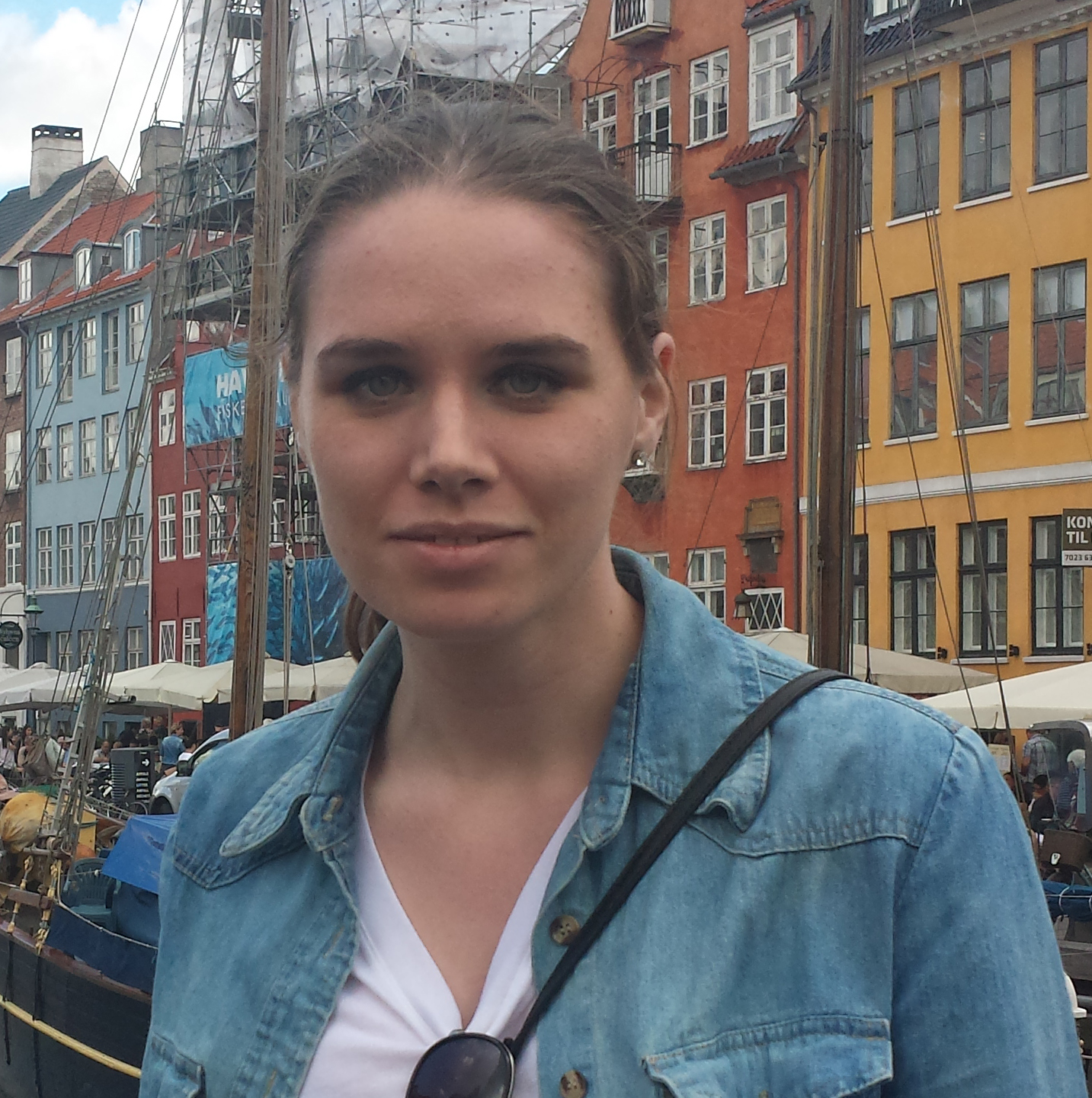
Woolness & The Locale: Louise Spong
The passionate founder of South Downs Yarn, Louise Spong has appeared on the Wovember blog before and is a true proponent of working locally with the wool, the shepherds, and the community on one’s doorstep. Her work is so deeply infused with a sense of place, connection, and locality that we felt she was a natural choice for the topic of our second weekly theme: Woolness & The Locale. If you don’t already know Louise’s work, you can follow her on instagram @louise_sdy. In the meantime, welcome to the team, Louise!
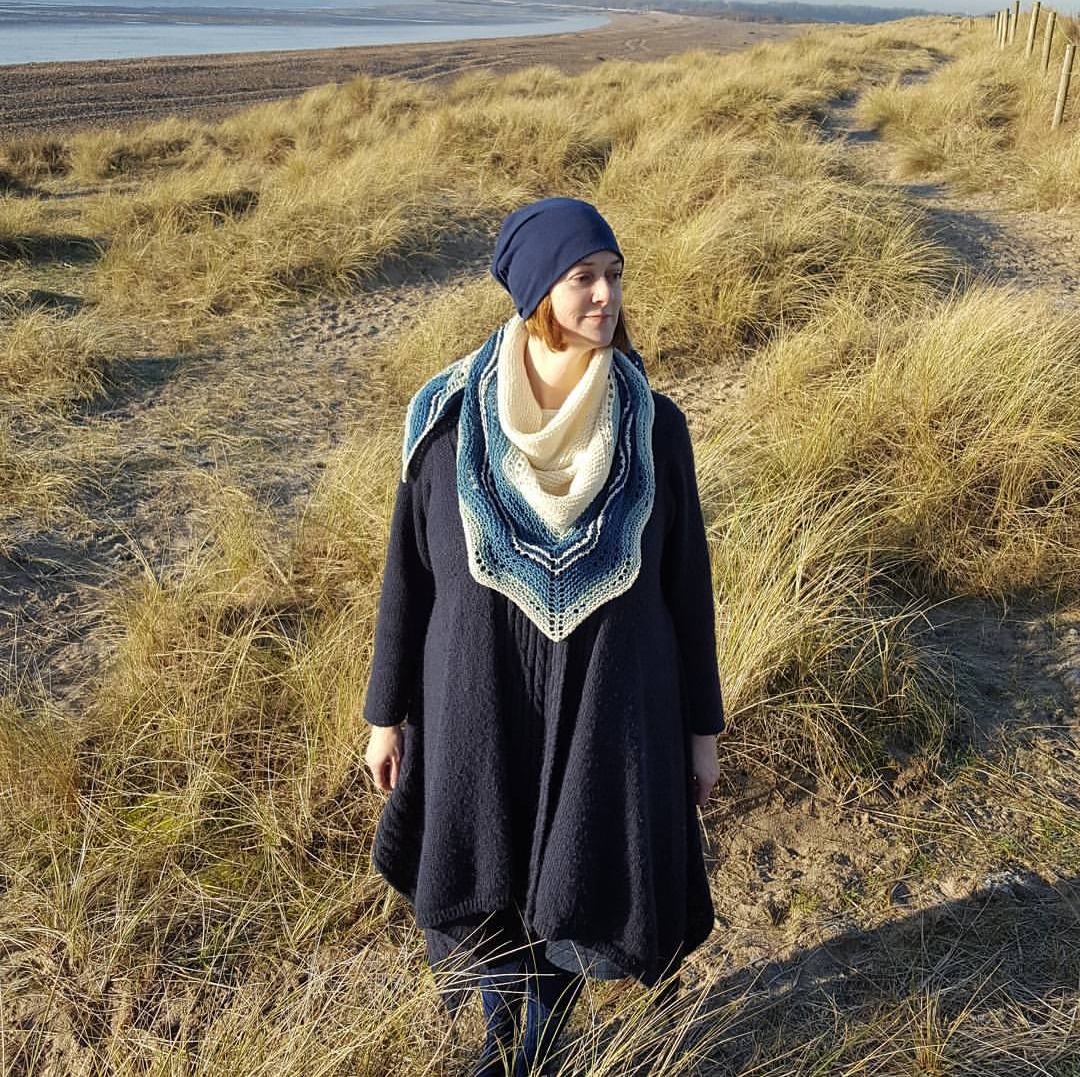
Woolness & The Land: Paula Wolton
Embedded deeply in the Devon landscape, Paula was the instigator of One Hut Full; a touring shepherd’s hut featuring an inspiring multi-media film celebrating the shepherd’s year in Dartmoor. Through 2016, the hut toured the UK, acting as a focal point for discussions about wool and its relationship to wider themes of sustainability; land-management; crafts; and heritage. Based on conversations held around the hut, One Hut Full has now launched onechange.life – a project designed to more closely connect producers and consumers. The website for this exciting initiative gives tips on how you, as a curious consumer, might ask questions or change buying habits to positively impact the environment. On a mission “to inspire change in the cycle that connects our products and buying behaviour to our environment and how we manage our land”, we felt Paula Wolton would be the ideal person to curate content from the wool workers and critical thinkers of her local landscape for our third weekly theme: Woolness & The Land. If you don’t already know Paula’s work, you can follow her on instagram @onehutfull. In the meantime, welcome to Wovember, Paula!
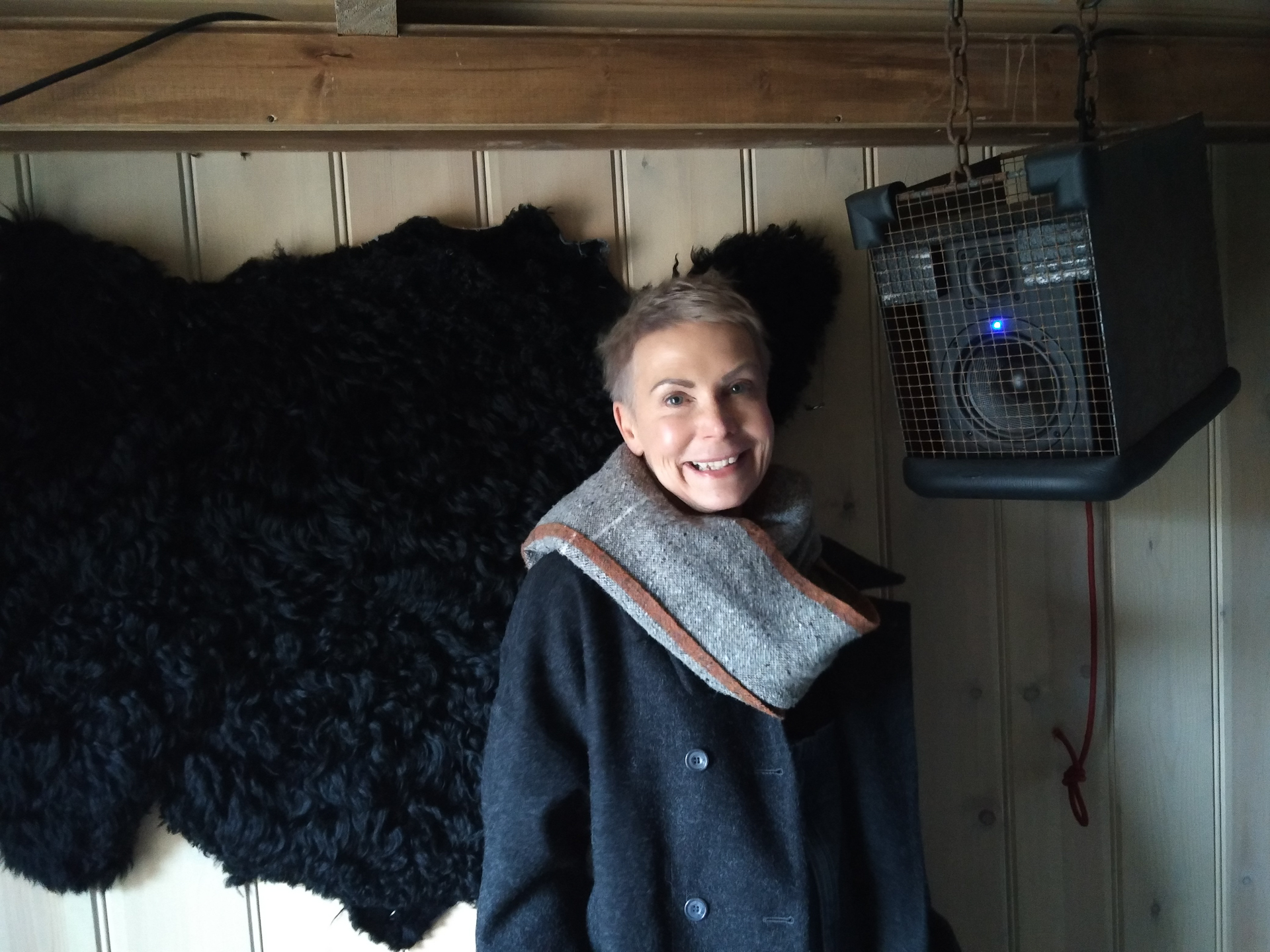
Woolness & Activism
Our topics are all somewhat interconnected; what we do as individuals obviously impacts our localities and our local landscapes, and contributes to the collective impact of human beings on the planet. Wovember itself has always been an activist project, and this week we will be reflecting critically on some of the key political issues we’ve discussed here in the past and thinking about ways that working with wool might be further developed as ongoing forms of activism and resilience.
We really hope this month of woolly content will give us all loads to think about and act as a stimulus for you to envisage and imagine all the ways in which wool can promote well-being on many different levels: welcome to the WOOLNESS discussion.
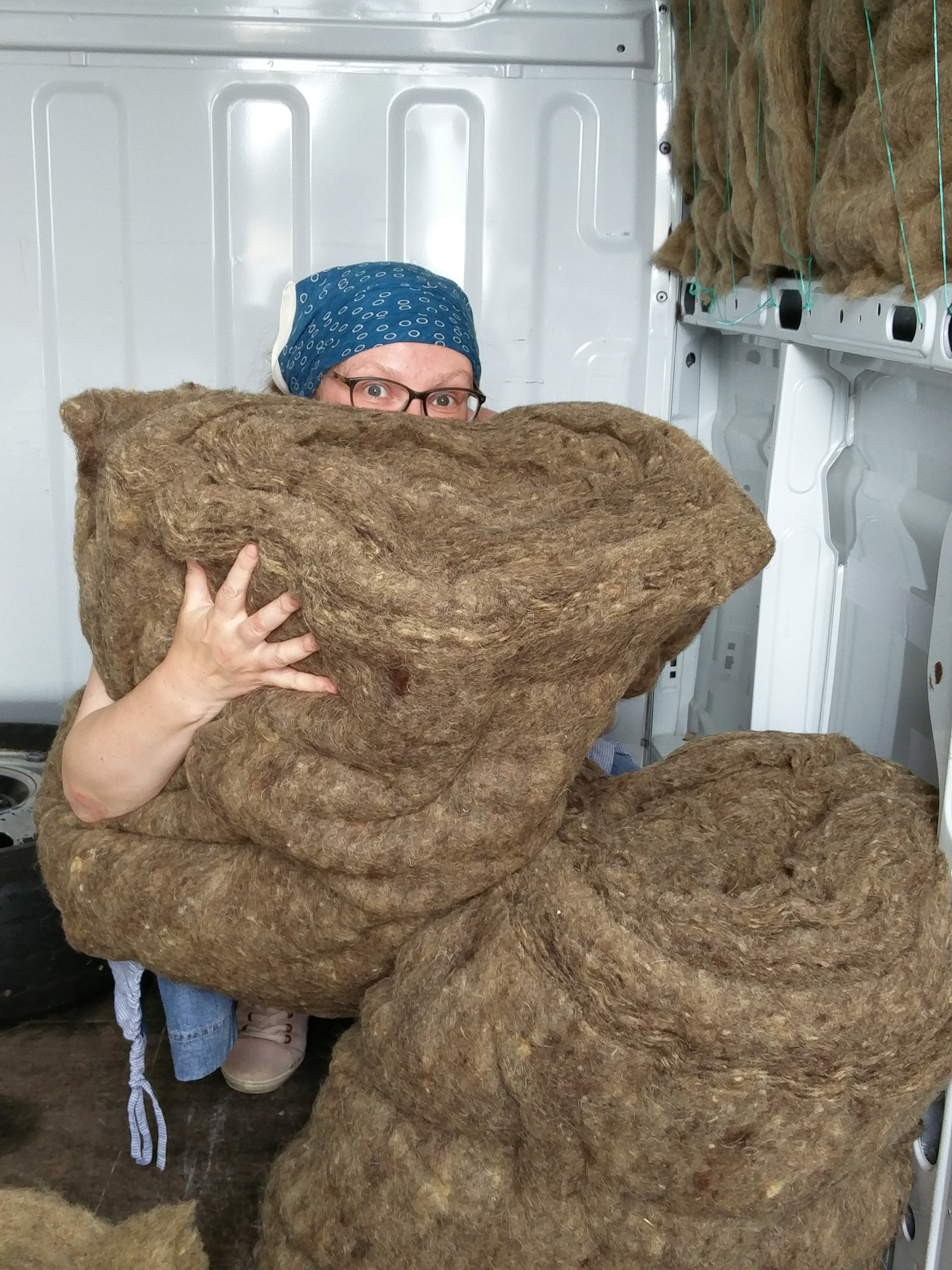
YOURS IN WOOLNESS,
TEAM WOVEMBER X
